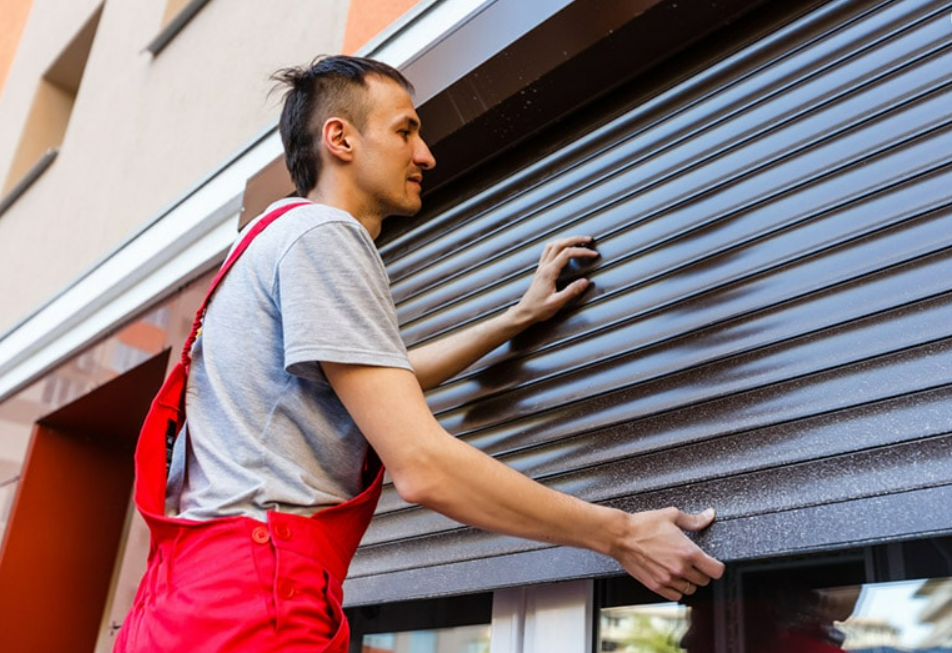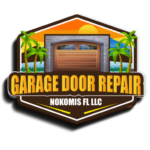Garage Door Repair: Lifespan of Parts and When to Fix Them
- COMMERCIAL GARAGE DOOR REPAIR
- GARAGE DOOR OPENER INSTALLATION
- GARAGE DOOR SPRING REPAIR
- SAME-DAY GARAGE DOOR REPAIR
- CUSTOM GARAGE DOOR
- GARAGE DOOR OPENER REPAIR
- GARAGE DOOR TRACK REPAIR
- GARAGE DOOR CABLE REPAIR
- GARAGE DOOR PANEL REPAIR
- LOCAL GARAGE DOOR REPAIR
- GARAGE DOOR REPLACEMENT
- NOISY GARAGE DOOR FIX
- GARAGE DOOR INSTALLATION
- GARAGE DOOR SECTION REPLACEMENT
- OVERHEAD GARAGE DOOR REPAIR
- GATE REPAIR

Garage Door Repair: Lifespan of Parts and When to Fix Them
Understanding when garage door components need replacement can save you from costly emergency repairs and dangerous malfunctions. Each part of your garage door system has a different expected lifespan, and knowing these timeframes helps you plan proactive garage door repair before problems leave you stranded. At Garage Door Repair Nokomis FL, we help homeowners recognize the warning signs that indicate when specific components need attention.
Your garage door operates as a complex system where multiple components work together to provide smooth, reliable operation. When one part fails, it often puts additional strain on other components, creating a cascade of problems that could have been prevented with timely maintenance. Smart homeowners track their door’s age and usage patterns to anticipate when repairs will be needed.
Most garage doors cycle through 10,000 to 15,000 operations during their lifetime, which translates to roughly 7-10 years of typical residential use. However, individual components wear out at different rates based on their function, material quality, and exposure to environmental factors like humidity, temperature fluctuations, and salt air in coastal areas.
Component Lifespans and Replacement Schedules
Garage door springs typically last 7-9 years, with extension springs lasting 7-12 years and torsion springs handling 15,000-20,000 cycles. Signs of wear include heavier doors or uneven opening. Cables and pulleys last 8-15 years but can fail suddenly, while rollers vary—plastic lasts 5-7 years, steel up to 15. Garage door openers usually last 10-15 years, with chain drives being more durable but requiring more maintenance. Smart openers may need earlier updates due to evolving technology.
Weather Seals and Hardware Components
Weather stripping around your garage door perimeter needs replacement every 5-10 years, depending on climate conditions and material quality. Rubber seals become brittle and crack in extreme temperatures, while vinyl seals may warp or tear with frequent use. Bottom seals take the most abuse and often need replacement before side and top seals.
Hinges and brackets typically last 15-20 years but can fail prematurely if the door becomes unbalanced or tracks get damaged. Look for rust, cracks, or loose fasteners that indicate structural problems. Track systems usually outlast most other components, lasting 15-25 years with proper alignment and occasional cleaning.
Remote controls and keypads need battery replacement every 1-2 years, but the units themselves can function for 8-12 years. Newer smart connectivity features may require more frequent updates as manufacturers improve security protocols and add new capabilities.
Recognizing Warning Signs for Replacement
Your garage door has a way of letting you know when something’s wrong. Unusual noises like grinding, squealing, or rattling could mean worn rollers, damaged tracks, or issues with the opener. If your door opens slowly or jerks during use, it might be a spring tension problem or a sign that the opener motor needs attention.
A quick visual check can help you catch issues before they become major problems. Rust on springs or cables means corrosion is weakening the metal, while gaps in weather sealing let in moisture, pests, and even impact your energy efficiency. Bent or damaged tracks can stop your door from operating smoothly and could even cause it to derail.
Temperature changes can also mess with your garage door’s performance, especially in areas with extreme weather. Springs can feel stiffer in the cold, while heat might cause parts to expand and throw off alignment. Keep an eye on how your door behaves throughout the year to spot any signs of wear and tear.
A professional inspection is a smart move to catch issues you might miss. Technicians can check spring tension, test safety features, and look for early signs of wear and tear. They’ll help spot problems before they turn into costly breakdowns.
Planning ahead and replacing parts based on their age and usage can save you from being stuck with a broken door at the worst time—like during a storm or extreme weather. Getting repairs done in good weather is always easier than rushing during an emergency.
Don’t wait until your garage door stops working completely. Contact Garage Door Repair Nokomis FL today for a full inspection. We’ll help you figure out what needs fixing to keep your door running smoothly and avoid expensive last-minute repairs.
